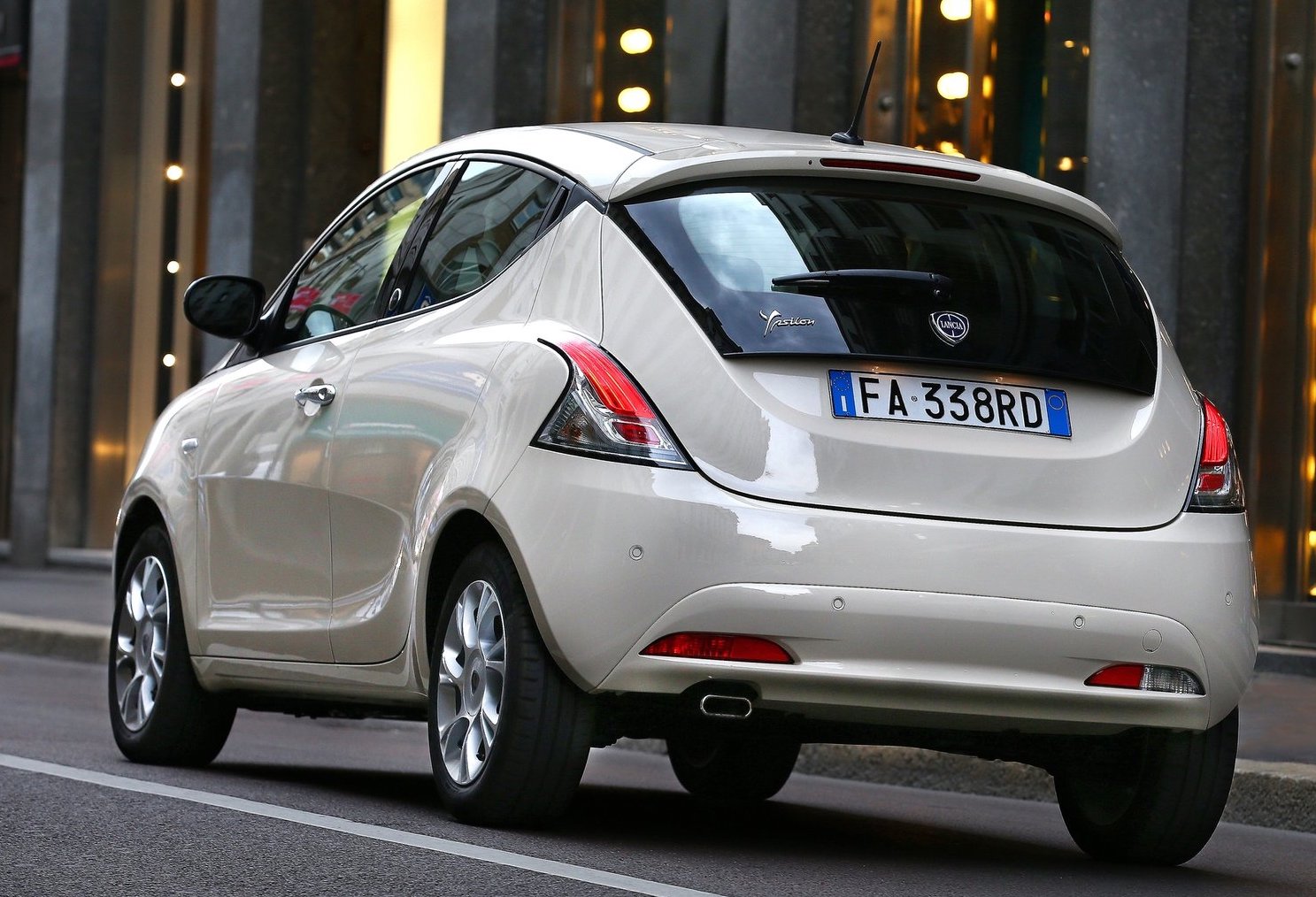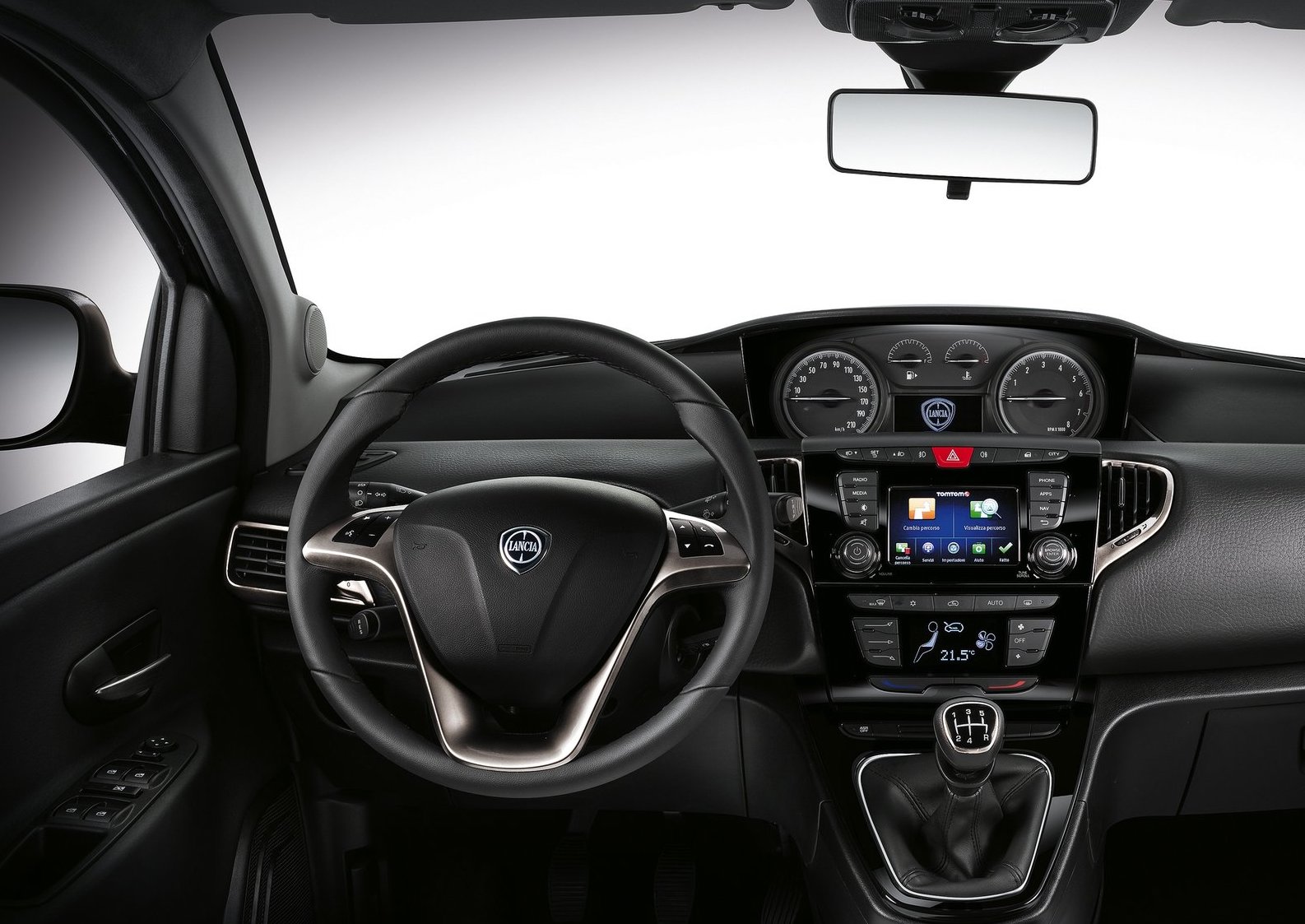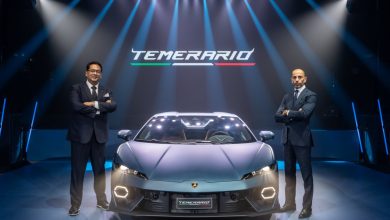Lancia is selling more cars than Alfa Romeo

The latest car registrations data in Europe show the sales advantage of Lancia. During the first half of 2019 Lancia has registered 34,700 units, coming from only one model, the Ypsilon and only just one market, Italy. On the other hand, the volume of its sister brand Alfa Romeo totaled only 29,200 units. The gap between them is even more absurd when looking at their product lineups: one Lancia model vs five Alfa Romeo models.
It is not only the self-registrations
Part of the big drop posted by Alfa Romeo this year is explained by lower business registrations. The trend started by the end of last year and it has not stopped. Its business registrations have shrunk through June decreasing from 33,400 units in 2018 to only 19,200 vehicles in 2019. This kind of sales is usually boosted by the self-registrations, which are usually toxic and distort the market.

However, the fewer self-registrations (as part of FCA’s latest policy) does not explain all. Alfa Romeo is also having very negative results in the private market, which is quite worrying. The data indicates that these registrations fell by 40% during the first six months of this year, counting for one in three of the cars sold. The private registrations are the best way to know the real situation of the market.
Spain is now Alfa’s second market in Europe
The demand is falling so fast that the ranking by countries is totally mess up. Italy’s registrations now don’t count for more than half, and thanks to an exceptional increase, Spain became the second largest market for Alfa Romeo in Europe. If the rest of the world is included, Spain was the fourth largest market.
Alfa Romeo sales Europe
This change was due to the shrinking sales in France (-61%), Germany (-39%), and the UK (-27%). The worst came from Italy as total registrations fell by 47% to 14,500 units, composed by 9,500 business registrations (-52%) and 5,000 private registrations (-35%). In contrast, Lancia had 17% more business registrations and 40% more private registrations.
Premium sedan sales Europe
On the other hand, Alfa Romeo’s decline is explained by three main reasons. First, the Giulietta is 9 years old and it can barely attract new customers. Second, the brand stopped introducing new models so it has very few things to tell to the public. And third, the most serious one, the latest products to hit the market stopped grabbing the attention.

D-SUV premium sales Europe
The Giulia faces a dramatic situation. Its registrations fell by 44% to only 5,758 units through June. The result is nothing compared to volume registered by the German sedans. With only three years in the market, the Giulia is already performing like if it was an older model. Its main problem is that some of its rivals are now more appealing, and many consumers in Europe don’t want these sedans anymore.
The Stelvio SUV was introduced in 2017 and soon became a new referent due to its look and engines. Nevertheless, the charm faded away quite soon: its European registrations dropped by 18% to 13,800 units in H1 2019. Why? Because its closest rivals were renewed (new BMW X4 and updated Porsche Macan), and because the Stelvio is neither a full family midsize SUV like the GLC, Q5 or X3, nor a sporty version (coupe SUV) like the GLC Coupe, X4 or Macan.




